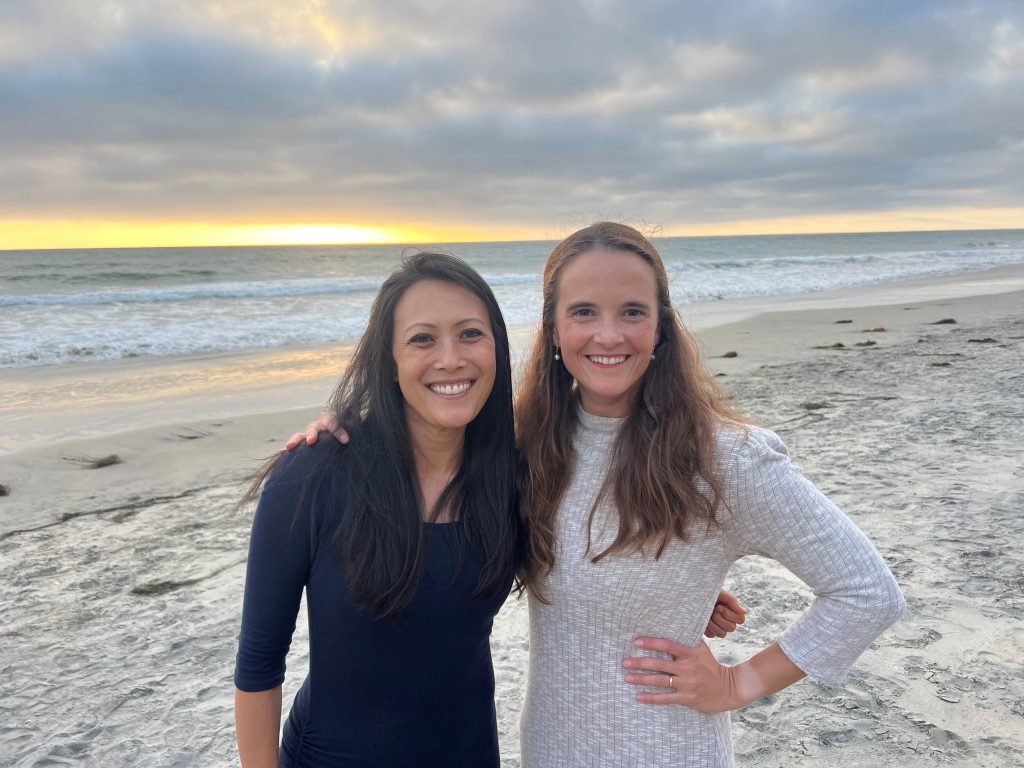
Our Philosophy and Core Values
We believe that flourishing business partnerships - particularly between founders and funders - start with alignment on philosophy and values. If you see business partnerships the same way, you getting to know us is just as important as us getting to know you. Reading this is the first step in understanding who we are, what we stand for, and whether our business philosophy and core beliefs align with yours.
Why We Do What We Do
At Crescent Ridge, our driving force is an unwavering love for entrepreneurship and a relentless quest to see change-making, innovative leaders succeed. In our next five years, we strive to achieve an 80% success rate for our portfolio companies (by success, we mean that 80% of our companies will be growing profitably) and cultivate what we call "4D Wealth” (making money, deepening relationships, helping society, cultivating creativity).
We believe in supporting founders to achieve personal and professional financial security while improving the world. As stewards of capital, we embrace our responsibility to serve others and the global community, leveraging the resources entrusted to us for positive change.
How We See the Founder - Funder Relationship
At Crescent Ridge, we believe in fostering a more equal power dynamic between funders and founders during the early stages of a partnership. We strive for a mutual vetting process, wherein both parties recognize the unique value they bring to the table.
We aim to transcend the current commoditized and transactional funding approach by emphasizing mutual power and responsibility in our partnership. Our vision is to build a relationship founded on transparency, trust, and shared value creation.
Core Values That Guide Us
Our investment philosophy is rooted in these core values that define how we approach every opportunity:
- Capital made over capital raised
- Value creation over valuation
- Sustainability over speed
Traits We Possess and Seek in Founders
We believe that greatness often lies in hidden potential. We seek out and appreciate underestimated entrepreneurs who embody traits not prioritized in Silicon Valley, such as resourcefulness, creativity, adaptability, realism, pragmatism, and financial discipline.
Our Unique Advantages
At Crescent Ridge, we set ourselves apart through our unique evergreen fund structure. With no outside limited partners (LPs) influencing our investment decisions, we remain agile and committed to the best interests of our portfolio companies. Our modest fund size allows us to focus on startups with the potential for $100 million exits, ensuring we make a meaningful impact. We operate with flexibility, free from forced timeframes, making strategic decisions that align with our founders' growth journeys.
Our Pet Peeves
We're not fans of wasteful practices, such as dismissing 9 out of 10 companies in our portfolio, raising excessive capital too early, which often leads to squandering valuable resources before you even know what problem you are solving for. We prefer founders who focus on solving real problems rather than founders who are creating “fabricated needs.” We don’t encourage a “frantic pace” in the early stages; we prefer intentional growth, genuine quality over “hype,” and admire founders who embrace realistic expectations and set achievable goals.
Our Strategy and Why It Works
The Opportunity:
While most VC funds chase unicorns and invest in founders that fit a certain pattern, they overlook many founders building profitable, scalable businesses in the $50-100 million range. The median exit of VC-backed companies has historically hovered around $50M, and we’ve observed in our portfolio that the best returns for both the founders and the investors happened when founders raised less than $5M in total and grew to $50-100M in 4-7 years. The outcome of this strategy has brought better odds for everyone; founders generate multi-generational wealth, and early stage investors have a healthy, more liquid portfolio with a high proportion of 5-10x outcomes.
Who we fund:
Our strategy centers around building strong relationships with entrepreneurs who possess the traits that are discussed above. We like to take time to build the relationship with founders before we fund, to make sure we are the best partners for them and ensure that we embark on a healthy partnership.
How we fund:
We don’t like to rush. We like to take enough time to understand founders’ identities, passions, values, strengths, and long-term goals. We minimize waste, collaborate with skilled experts, solve deep problems, and foster methodical business growth. We know when it’s time to accelerate and when to take a more measured approach to achieve realistic exits. We have the ability to fund entrepreneurs from the beginning to their exit. Our process before funding takes around 3 months and includes some discovery sessions to have meaningful conversations for mutual vetting.
Why Crescent Ridge?
With a decade of experience, ten successful exits, and our fund consistently ranking in the industry's top quartile; Crescent Ridge has a track record of identifying exceptional founders and empowering them to thrive in their unique way. We believe that the foundation of any great business starts with self-awareness and identity discovery. We nurture founders' strengths, complement them with experienced operators in our network, and offer guidance throughout their entrepreneurial journeys from the beginning to the exit.
We are looking to fund visionary entrepreneurs who desire to embark on a transformative journey with us, as we collectively strive to build prosperous and sustainable businesses that shape a better future for all. Let's create a shared vision and make a difference together!
Allison and Maria











